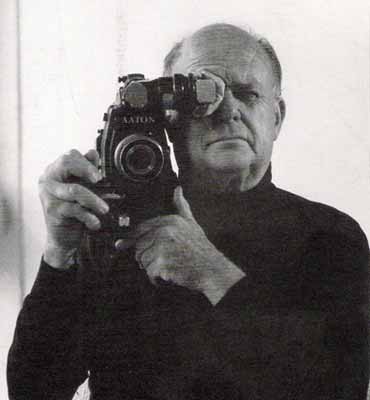
Either May 4th or the 6th I will be filming my culture studies class, "Global Perspectives on Culture". Prof. Baker has focused the course on terrorism, minority identities, ethnocide, and ideocide. Although much of our syllabus is centered around these topics, we talk about everything under the sun. Topics we have discussed: sexual abuse of children by Catholic priests, racial and ethnic stereotypes in popular movies, new Arizona immigration laws, the firing of Allen Zaruba, the concept of abolishing race, Chinese censorship, the earthquake in Haiti, so on and so forth. With this environment, students are open and conscious to a wide array issues on culture, so this is a great place to film a discussion on themes in my film. As of now, I have 1) a 35 mm Panasonic camera on a tripod (pictured below) to capture the classroom from a corner of the room and the 2) Flip Video which I will use for more closer, intimate shots. One might ask, "Why do you need the Panasonic? Why not shoot with the Flip?" and "What's the purpose of filming a classroom discussion?"
The Panasonic:
The Flip is a great camera for filming subjects within a few feet, which is what I have been doing for my interviews. Now, since the parameters are larger in the classroom, a more sophisticated camera with better audio and visual quality is necessary. The boom mic is probably my favorite feature. The audio for the Flip is very nice for such a limited camera, but it cannot compete with the ability to clearly record a distant voice. Not only is the audio sensitivity higher than the Flip, the directional feature helps to cancel out any noise that is not in the direction the microphone is aimed.
Goal of the classroom discussion:
As of now, my footage is comprised of interviews. Since I am trying to understand the dynamics of race on campus it would be beneficial to witness the dynamics between students who speak on race. Do they become shy when speaking on race? Are they hostile when provoked? What kind of examples will they bring up? How do classmates react towards black jokes? How does a white individual react to hearing the "nigger"? These are all questions that, when especially spoken about in a large diverse group, will produce different types of gestures, reactions, looks of expression, and changes in tone of voice that can be evaluated and analyzed. The point is to see rather than hear the way racism affects students on campus. I could tell you all day about how white students react when hearing a racial slur, but I argue you cannot fully comprehend the affects and reactions of those students until it is physically seen. There is a difference between listening to a radio advertisement and seeing that same advertisement on TV.














